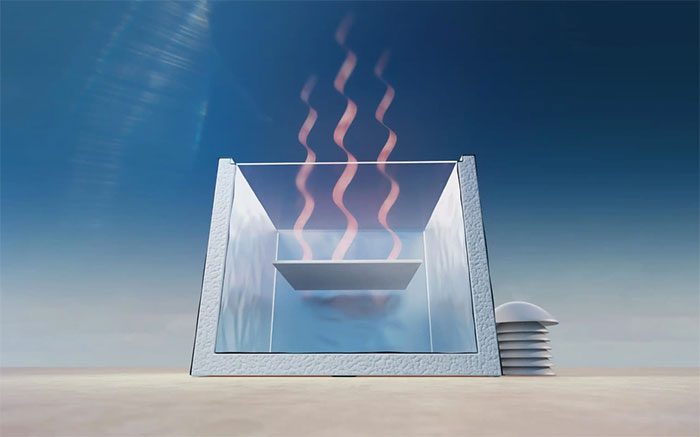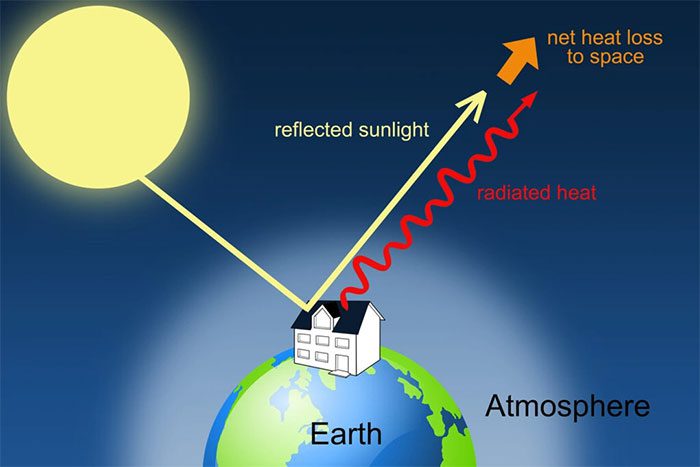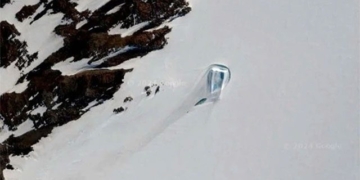In the context of the world grappling with global warming, carbon-free cooling technology that does not consume electricity is likely to be a breakthrough advancement.

Radiative cooling devices provide cooling capabilities without electricity by emitting heat that is not absorbed by the atmosphere (Photo: KAUST).
Facing a scorching summer in 2022 and record-high temperatures observed in many major cities in the first half of 2023, countries are increasingly recognizing the urgent need for electric-free cooling solutions and reducing carbon emissions.
To tackle this challenge, leading researchers in radiative cooling from King Abdullah University of Science and Technology (KAUST) have proposed a solution that they believe could “save” the Earth and bring us back to a balanced trajectory.
These devices will be built on the mechanism of radiative cooling, providing electricity-free cooling by emitting heat in a narrow wavelength range – also known as the “transparent window” of the atmosphere.
At this “window,” heat is not absorbed by the atmosphere as it typically is, but instead escapes directly into space.
This environment is where atoms cease all activity, creating a balance temperature at absolute zero. It will act as a giant radiator that can easily absorb all emitted heat.

Simulation of the radiative cooling method, where heat is released into space to avoid impacting the atmosphere (Photo: Bruker).
However, this method still faces several challenges to achieve cooling below ambient temperatures under direct sunlight conditions.
According to Mr. Qiaoqiang Gan, the lead researcher, we also need to minimize the thermal effects of solar energy absorption to maximize thermal emission in the “atmospheric window.”
Moreover, since the radiative cooling method uses the sky as a radiator, most experiments are conducted outdoors in local environments.
This leads to certain difficulties as we cannot control weather conditions and variations in measurement settings.
Nonetheless, the method promises significant potential when a sufficiently robust overall strategy is developed and implemented in a coordinated manner.
“By leveraging radiative cooling capabilities, we can achieve carbon emissions of zero, or even negative,” Mr. Qiaoqiang Gan affirmed.
It is known that this method has been incorporated into Saudi Arabia’s national strategic plan for Vision 2030, and it could pioneer solutions to local cooling needs in the country.


















































